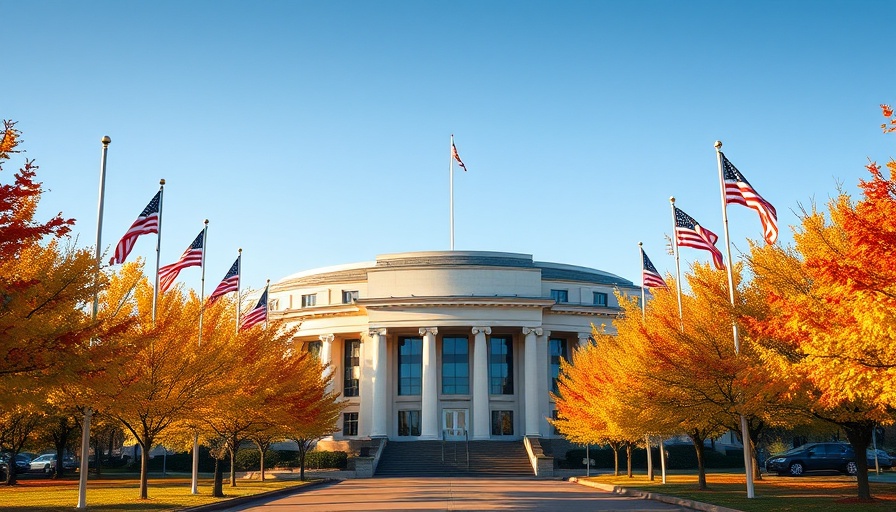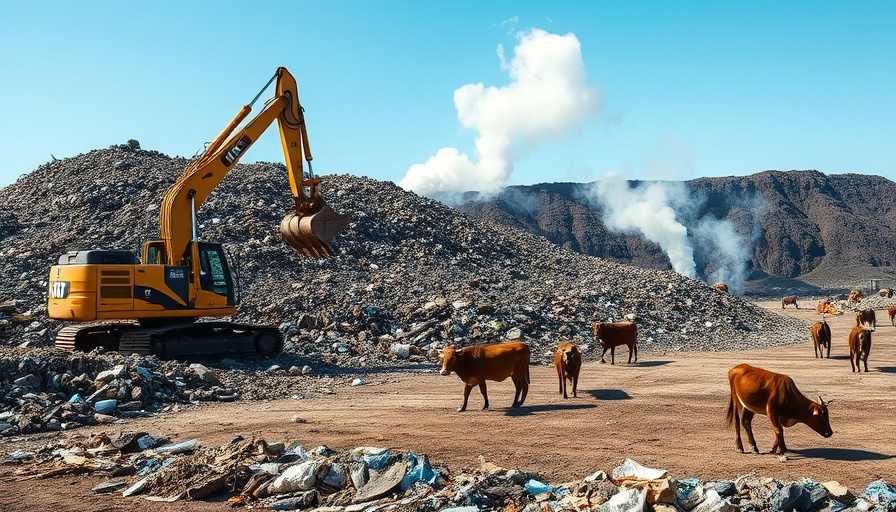
Judge Halts EPA's Moves on Climate Funding
In a significant ruling, U.S. District Judge Tonya S. Chutkan has temporarily blocked the Trump-era Environmental Protection Agency (EPA) from clawing back $14 billion in grants awarded under President Biden's administration aimed at combating climate change. The ruling came as a response to the EPA's attempt to halt funding to three organizations: Climate United Fund, Coalition for Green Capital, and Power Forward Communities, which received $7 billion, $5 billion, and $2 billion, respectively.
Understanding the Green Bank Role
The judge's decision emphasized the vital role of the Greenhouse Gas Reduction Fund, often referred to as the "green bank," established through Biden's Inflation Reduction Act. This fund is designed to facilitate investments in clean energy technologies, contributing to sustainable initiatives and affordable energy solutions, especially in low-income neighborhoods across the U.S. Judge Chutkan described the government's accusations against the grant recipients, citing vagueness and lack of solid evidence. She articulated that such unsubstantiated claims raised major due process concerns.
Implications for California Homeowners
For homeowners in California, this ruling is a beacon of hope, directly impacting their access to funding for energy-efficient upgrades and sustainable home enhancements. With ongoing concerns over energy efficiency and rising costs of living, grants supporting solar panel installations and heat pump developments provide essential financial assistance. Community organizations leveraging these funds play a crucial role in enhancing affordable housing and job creation within the state.
The Broader Impact of the Decision
Beyond local implications, this ruling sends a strong message regarding accountability and equitable access to funds intended for community improvement and sustainability. Climate advocacy groups have hailed it as a critical step toward ensuring public resources are protected from arbitrary government decisions. This decision could pave the way for a more stable funding landscape, vital for various green initiatives in California, which is increasingly positioning itself as a leader in environmental responsibility.
What's Next for Climate Grants?
The ruling is just the beginning, as stakeholders will now look toward a longer-term solution that ensures funds are accessible for projects that promise energy savings and job creation. Both the EPA and grant recipients will likely redefine their strategies based on the judicial feedback, potentially leading to renewed collaborations that align with the public interest.
As communities brace for what lies ahead, understanding these developments will empower California homeowners to make informed decisions about energy-efficient investments. This could not only enhance personal sustainability efforts but also contribute to broader environmental goals.
 Add Row
Add Row  Add
Add 




Write A Comment